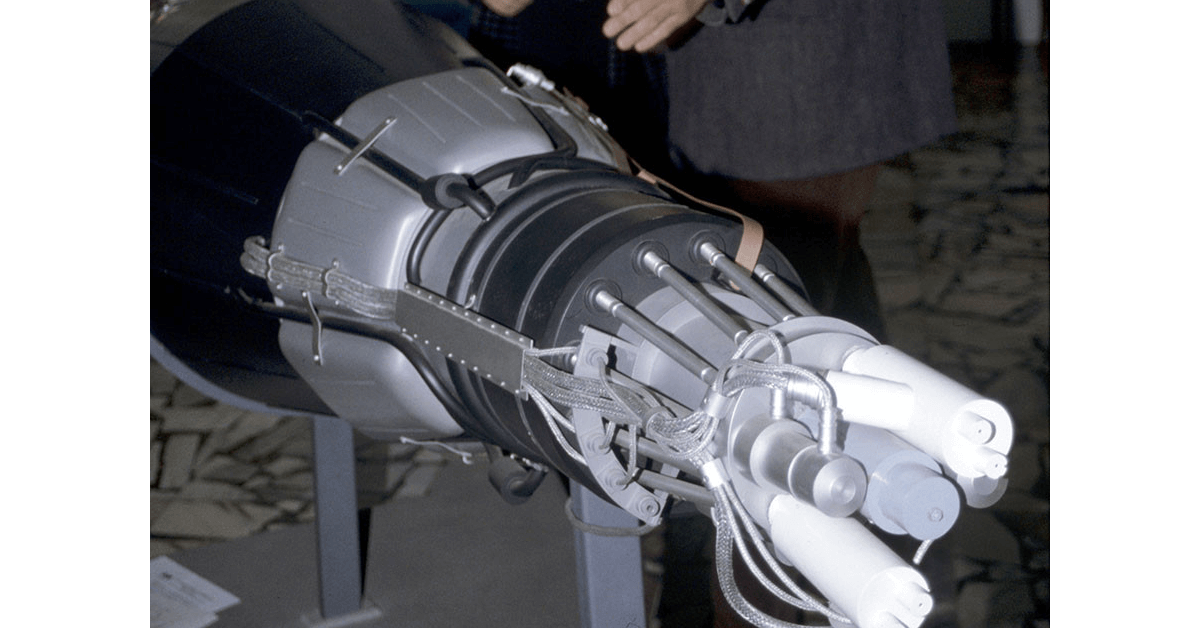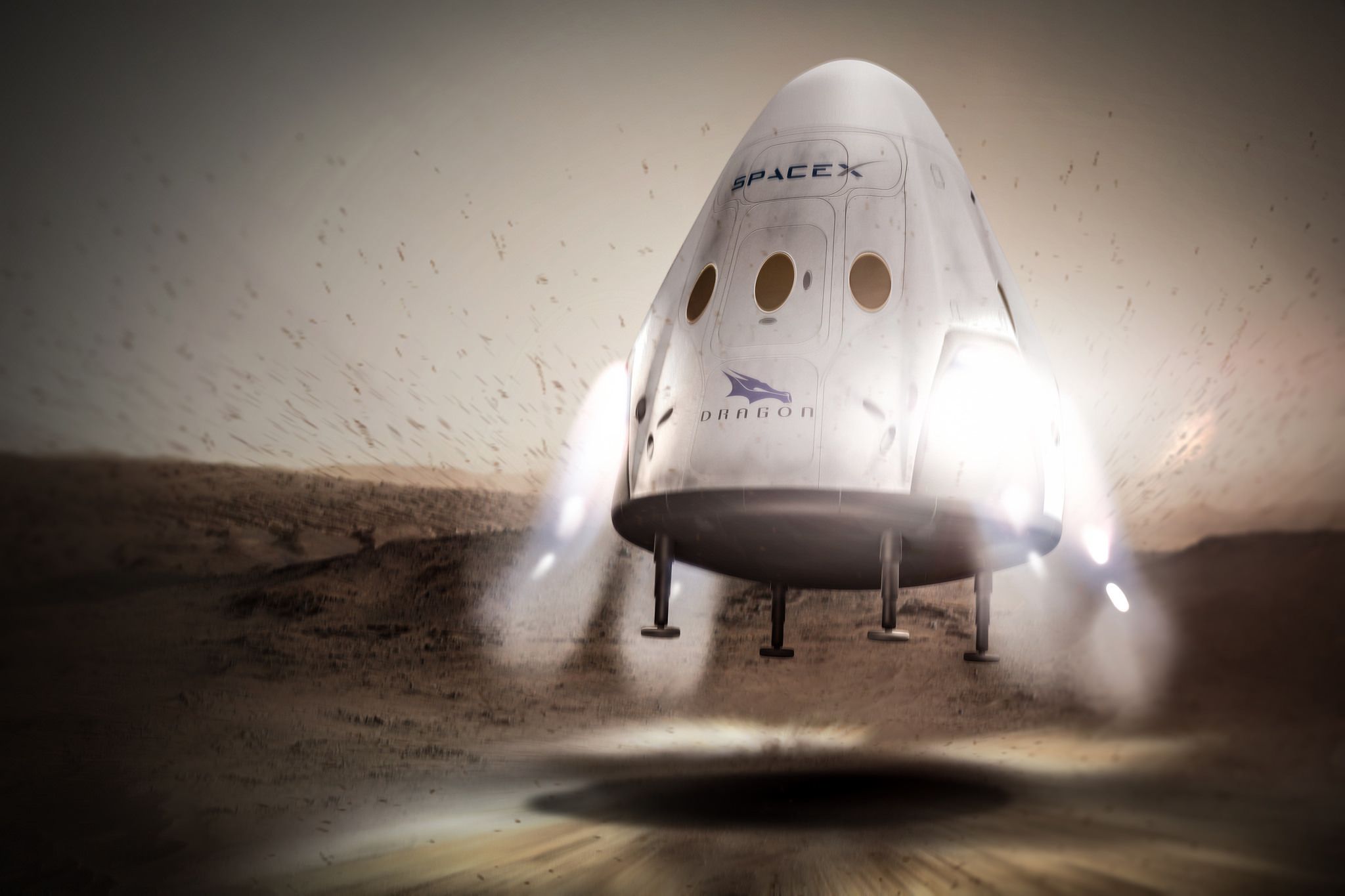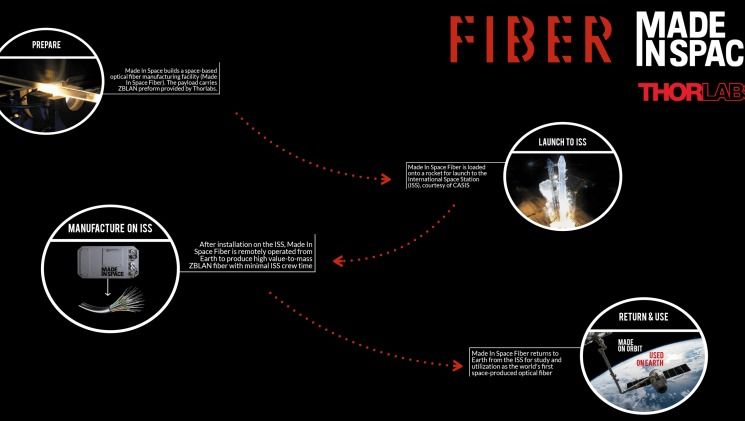Russian development of a nuclear rocket engine for deep space exploration to the moon and Mars received a funding boost of about $60 for 2016–2018.
Category: space travel
The next president needs to invest the damn money that’s needed to get this entire thing going. No more deferring. No more dithering. If this turns out to be an impossibility, then we should just privatize the entire production and design process, get rid of the red tape, and just get it DONE before we get delay after delay and then, when we finally DO get there, we find the Chinese have already built a damned settlement.
Scientific Method —
A new, independent review of the Orion spacecraft is pretty damning.
The capsule is over budget and may need seven more years before flying crews.
WASHINGTON — NASA estimates that SpaceX is spending on the order of $300 million on its Red Dragon Mars lander mission, a down payment on the company’s long-term ambitions for human Mars missions.
At a meeting of the NASA Advisory Council’s technology committee in Cleveland July 26, Jim Reuter, deputy associate administrator for programs in NASA’s space technology mission directorate, provided an overview of NASA’s agreement with SpaceX, announced in April, to support that company’s plans for an uncrewed Mars landing mission that could launch as soon as May 2018.
That agreement, in the form of an unfunded Space Act Agreement, does not include any exchange of funds between NASA and SpaceX. Reuter said NASA estimates it will spend approximately $32 million over four years, primarily in the form of NASA personnel providing technical support for SpaceX. About $6 million of that will be spent this fiscal year, he added.
Ever really wanted to know what folks truly are thinking about?
A new experiment advances the idea that brain scans can teach us something about how the human mind works.
By Nathan Collins
Mind reading stands as one of science fiction’s most enduring improbabilities, alongside light-speed space travel and laser guns. But unlike those latter two, mind reading actually has a whiff of reality: In a new demonstration, psychologists have shown they can figure out how far along someone’s brain is in the process of solving a sophisticated math problem—a result that, more than anything else, indicates the promise of new brain-scanning techniques for understanding the human mind.
I wonder, if NASA and/or SpaceX goes to Mars in the 2030’s as planned, by the time the 2050’s roll around a manned attempt to Ceres or Jupiter trojans might be attempted or perhaps an unmanned vehicle made on Mars beats this sail.
Japan’s space agency has its sights on unexplored asteroids as far away as Jupiter, a project that at one level draws on centuries of sail science.
The Japan Aerospace Exploration Agency this month unveiled a huge prototype solar sail designed to power a JAXA probe as it explores asteroids that circle the sun on roughly the same orbit as Jupiter. The sail measures 2,500 sq. meters and is made up of thousands of ultraslim solar panels.
“The fascination of the universe lies in its countless unknowns, and our research is a challenge to reveal the mysteries with our own hands,” said Jun Matsumoto, a JAXA researcher who designed the kite-like sail.
It was 47 years ago that NASA won the space race against the Soviet Union, and Apollo 11 astronauts first walked on the Moon.
And now American companies have pitched a series of new plans that would see the country finally return to the lunar surface… this time, alongside the Russians.
The collaboration between the two countries isn’t entirely surprising — Russia and America have been working together in space since their association on the International Space Station (ISS) first began in 1993.
A new paper asserts that a physical body might be able to pass through a wormhole in spite of the extreme tidal forces that are at play.
A physical object, such as a person or a spacecraft, could theoretically make it through a wormhole in the centre of a black hole, and maybe even access another universe on the other side, physicists have suggested.
In what looks like the logical extension of the plot of Interstellar – where astronauts try to hunt down another universe after the catastrophic effects of climate change destroy Earth – physicists have modelled what would happen to a chair, a scientist, and a spacecraft, if each one ended up inside the spherical wormhole of a black hole.
Payload designed to show that useful, high value goods can economically be produced in low earth orbit, opening the space frontier for Earth-focused manufacturing
Posted in materials, space travel | Leave a Comment on Payload designed to show that useful, high value goods can economically be produced in low earth orbit, opening the space frontier for Earth-focused manufacturing
MOFFETT FIELD, CA. Made In Space, Inc. (Made In Space) and Thorlabs, Inc. (Thorlabs) will send a microgravity-optimized, miniature fiber drawing system to the International Space Station (ISS) to manufacture high-value-to-mass ZBLAN optical fiber via a cooperative agreement with The Center for Advancement of Science In Space (CASIS). The payload, called the “Made In Space Optical Fiber Production in Microgravity Experiment” (Fiber Payload) is currently scheduled to be launched to the ISS in the first quarter of 2017. The Fiber Payload will produce test quantities of ZBLAN optical fiber in the persistent microgravity environment ISS provides, and be returned to the Earth shortly thereafter. Once returned to the Earth, the fiber will be tested and utilized. Based on the results from this initial experiment and market demand, Made In Space plans to develop and operate larger scale microgravity production facilities for ZBLAN and other microgravity enabled materials.









